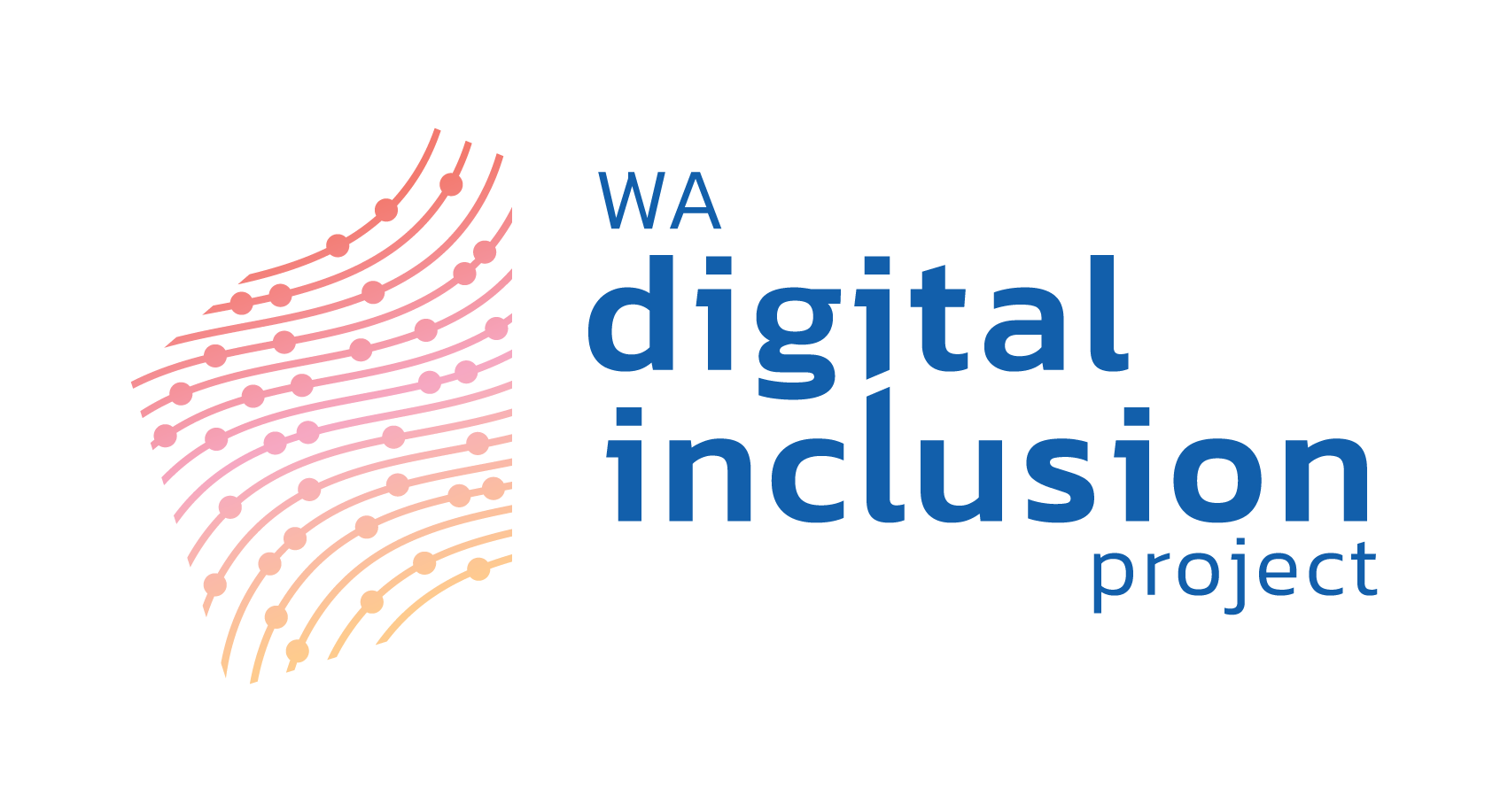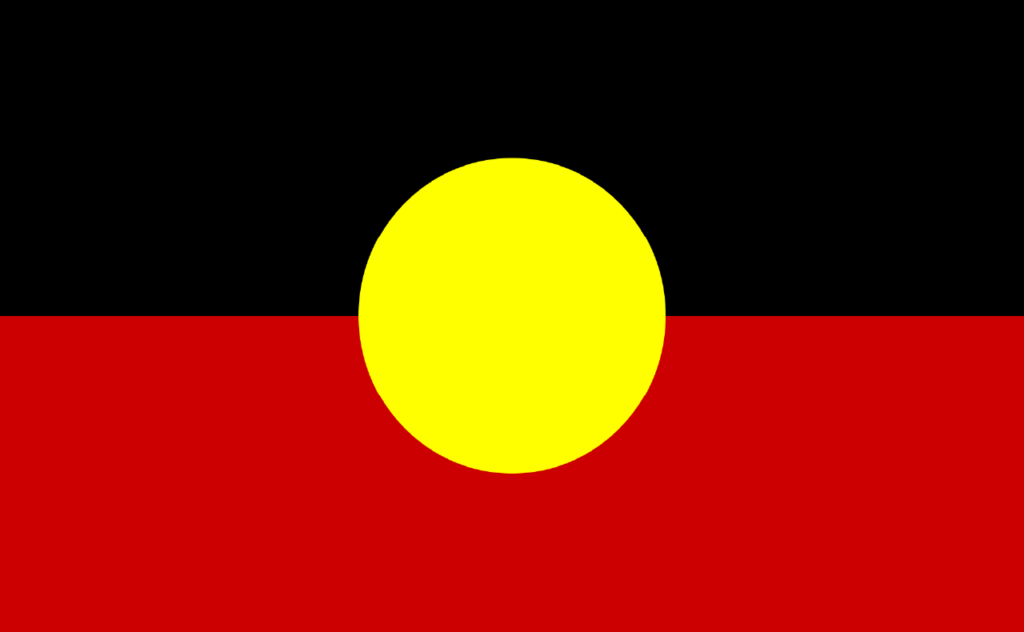What is Digital Inclusion
It is hard to imagine a world without the internet and the wealth of information and resources it offers. Digital connectivity can streamline our daily lives and connect us easily with the world. But while it may be easy for some, it can be overwhelming for others.
Over three million Australians are “digitally excluded” according to the Australian Digital Inclusion Index.
People who have limited access, affordability, or digital skills can miss out on many online opportunities, including access to critical services.

People on low incomes, older Australians, people from migrant backgrounds, disabled people, and people in remote areas are often excluded from the digital world.
This creates a “digital divide” where digital exclusion is an issue of social justice. The need for equal access has developed into a new concept – digital inclusion.
What is Digital Inclusion?
Digital inclusion makes sure that everyone has access to the benefits of technology. However, due to age, education, or circumstance, a growing number of people are excluded from using online services provided by the government and service providers.
Removing barriers helps people to build digital skills, knowledge, and confidence and enjoy the benefits of being digitally connected.
Key digital skills include:
- using online government services
- banking
- health services
- connecting with family and friends
- searching for jobs
- education and training
- working from home
- entertainment, and more.
Getting online must be affordable to close the digital divide and ensure social equity in our community.



